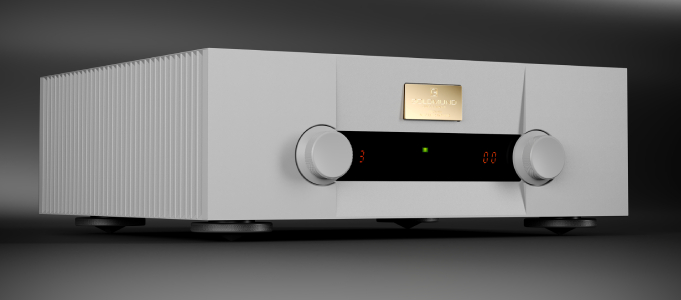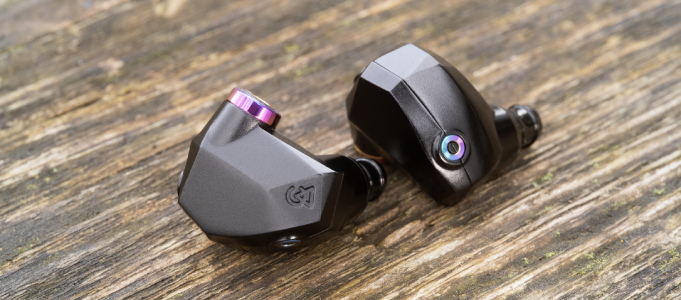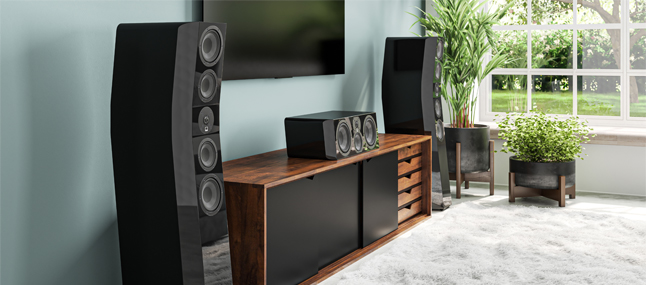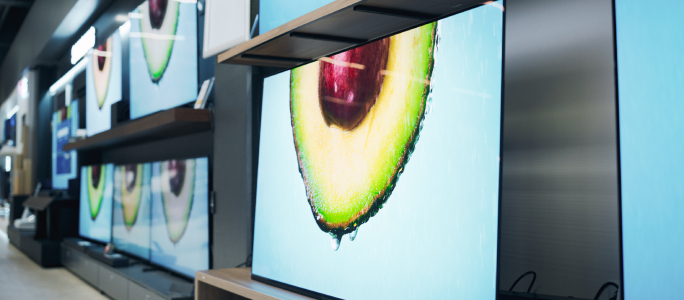LG C9 4K OLED TV & SL10YG Soundbar Review

If you’ve been around for a while, it’s hard not to look at LG’s OLED televisions without thinking about just how far the South Korean manufacturer has come.
From its more value orientated beginnings as Gold Star Electronics, LG has gone on to produce what many consider as some of the finest televisions available today.
Naturally, my bags were packed and ready by the front door when I was invited to travel to Sydney to take part in a ‘lock-down’ review of LG's latest C9 OLED and SL10YG Sound Bar.
 Unlike the ‘lock-downs’ which are the mainstay of many paranormal investigation series', the venue wasn’t a decrepit old mansion, but rather an upmarket hotel in the heart of Sydney.
Unlike the ‘lock-downs’ which are the mainstay of many paranormal investigation series', the venue wasn’t a decrepit old mansion, but rather an upmarket hotel in the heart of Sydney.
And, in the sake of full disclosure, neither was the door locked or nailed closed behind me as I entered, being free to come and go as I pleased. However, having both a top-level suite and 65” C9 OLED and SL10YG/SL8YG Sound Bar in the room, why on earth would you want too?
LG C9 OLED TV
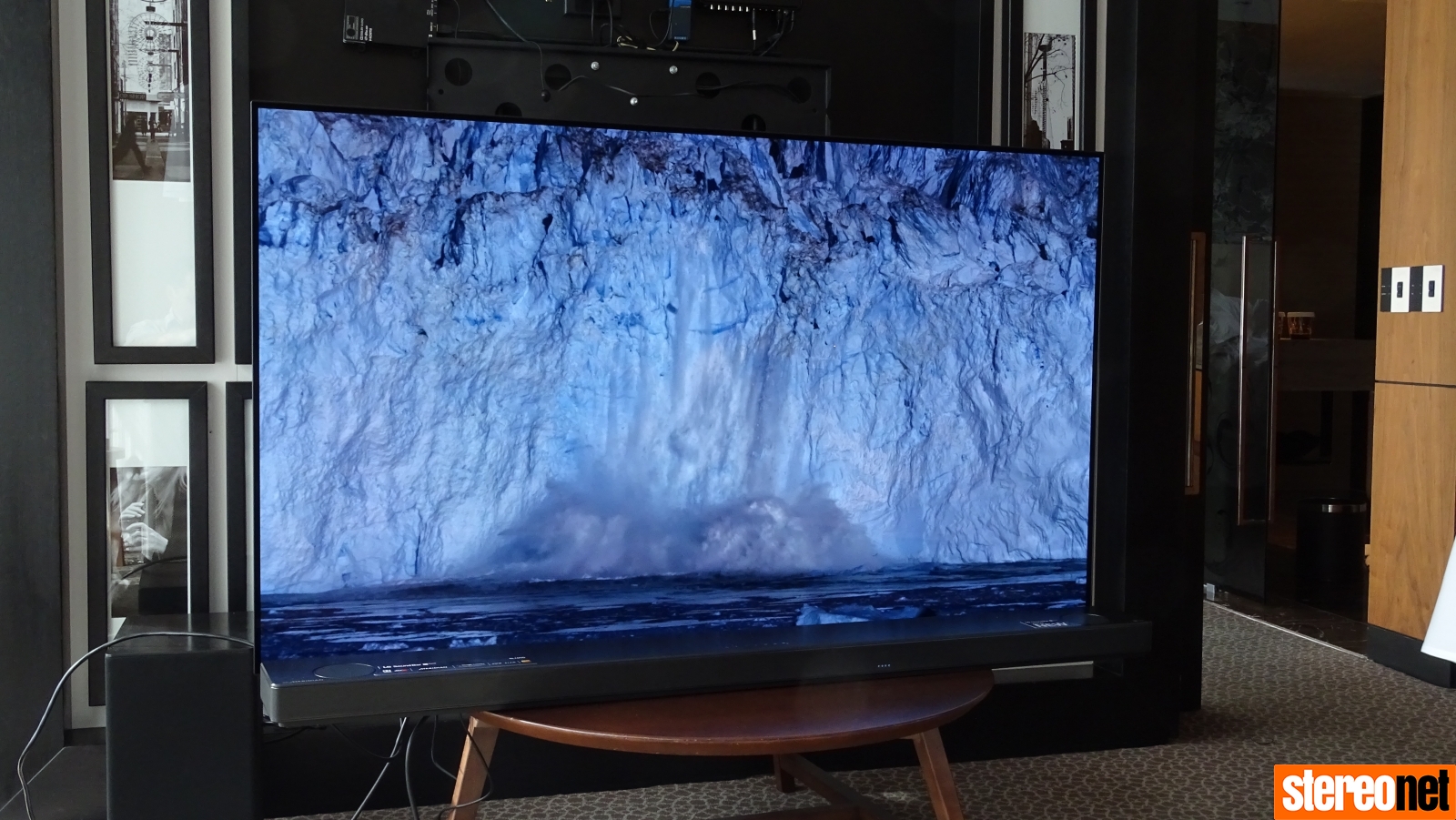
While $6,399 is far from small change, the C9 is the most affordable 65” OLED in LG’s 2019 line up. The C9 is available in different sizes ranging from the $3,899 55” model and topping out at with the mighty 77” model which has an RRP of $15,999.
In terms of appearance, it looks as though no expense has been spared in the creation of the C9. From its angled brushed matt aluminium stand and back, nothing has been overlooked in terms of design.
Likewise, except for the ‘base’ at the back of the TV where the inputs are located, the C9 has to be one of the thinnest OLED’s on the market today.
With a small footprint (from the side at least!) and high-end stylings the C9 should disappear as much as is possible from a 65” television.
The C9 offers a plethora of connection options, including four full-bandwidth HDCP 2.2 HDMI ports (1 rear and 3 side), capable of supporting HFR (high frame rate) content up to 120 FPS (frames per second). The second HDMI input is EARC compatible.
In addition, there are 2 (V2.0) USB ports (2 rear and 1 side), 1x composite AV output, 1x optical digital audio output, 1x RS-232C Input (Mini Jack) and ethernet connection. The C9 also offers Bluetooth support as well as Smart Phone and Wireless connectivity.

LG’s OLED televisions continue to support HDR10 and Dolby Vision. In terms of picture quality, the C9 is identical to other OLED’s within the 2019 range, the model number used to designate differences in design and inbuilt sound options.
The C9 features LG’s latest a9 Gen 2 Intelligent Processor, with four-step noise reduction, including block reduction, noise reduction and an anti-contouring algorithm. The a9 Gen 2 Processor can also apply ‘real-time’ colour-correction and adjust the brightness of HDR images based upon the ambient light in the room.
While enthusiasts are likely to match the C9 to a surround sound system or Soundbar, the C9 also has a 2.2 channel speaker system, rated at 20 watts. It also offers support for Dolby Atmos, DTS-HD and Bluetooth audio playback.
On the ‘smart-front’ the C9 supports voice assistant integration, in the form of Google Assistant and Amazon Alexa (via a future update) with LG’s smart remote and other compatible devices.
It also features a full web browser and auto device detection to simplify the connection of external devices. Both Netflix and YouTube are built in, with a host of other apps available from LG’s Content Store (app store).
The C9 also comes with LG’s now familiar ‘magic-remote’ which can be used as a universal remote for a home entertainment system.

CALIBRATION
When it comes to judging the picture quality of either a television or projector, the impact of incorrect picture settings cannot be underestimated. For this reason, every display reviewed at StereoNET is ISF Calibrated before judgements are made regarding picture quality.
All measurements were taken with an x-rite i1Pro 2 spectroradiometer and x-rite i1 display Pro colourimeter (profiled with the i1Pro 2). As both resources and time were limited, the ISF Bright Room Mode was calibrated for HD/SDR viewing with Light Space calibration software, with other viewing modes (including the HDR modes) left in their default picture positions.
LG has expanded upon the range of calibration controls available in their 2019 models. In addition to 2 point and 22 white balance options, there is also now a 10 point option, which while arguably not necessary, is nonetheless welcome.
Interestingly, there’s also a new control called Peak Brightness buried within the Expert Controls. According to the menu, the Peak Brightness control adjusts peak brightness for the brightest luminance.
And, as I soon discovered, this indeed was the case with the C9 producing 200 nits with the Peak Brightness control off, as opposed to 270 nits when turned on. Peak light output went as high as 410 nits in SDR with a small 100% window, depending on the final positions of the picture controls.
While I had hoped to measure the C9’s peak luminance in HDR mode, there was neither a 4K Player available, nor did I have the necessary equipment with me at the time to trigger an HDR signal. :(
Another improvement is how the greyscale controls worked, each of LG’s OLED’s seeming to offer a more granular grayscale adjustment than the previous year. Lacking time, I completed a 10 point white balance check (I would typically do 22 pt.) which resulted in excellent greyscale tracking with only a small amount of adjustment required at 20%.
In SDR mode the C9 offered full coverage of the HD Rec. 709 gamut, with only a small amount of error in the secondary colours.

PERFORMANCE
The C9 has a choice of 10 different picture settings including Vivid, Standard, APS (auto power save), Cinema, Cricket, Game, HDR Effect (creates a faux HDR effect from SDR sources), Technicolor Expert, ISF Bright Room and ISF Dark Room.
Without access to a 4K UHD player, the content was limited to Foxtel, Netflix and YouTube. Image observations were based upon a variety of content on Netflix in HD/SDR, 4K/HDR and Dolby Vision. I started my observations with 2017’s excellent Get Out, which contains a mix of both bright and dark scenes with a mostly natural colour tone.
Unsurprisingly, picture modes such as Vivid, APS, Cricket and Game produced the expected results, with unnatural colours, Vivid being the worst offender. Likewise, the HDR Effect mode looked positively un-natural, with colours that were overdone and too bright.
Before calibration and with the C9 in Standard picture mode the first thing I noticed about the big OLED is its ability to produce outstanding black levels. This gave the image both some serious punch and an exceptional level of depth.
What soon became evident, however, was the default picture settings were crushing blacks, with a resulting loss in low-level picture detail and oversaturated colours.
Switching to ISF Bright Room provided a boost to picture quality, with far more natural colour. However the black crush I observed in Standard mode still lingered. The black crush was confirmed with a brightness pattern, which showed the need to increase the brightness control by 3-5 points to avoid crushing.

With greyscale calibration completed and producing a reasonable facsimile of a 2.4 gamma curve, the C9 produced simply stunning images. With viewing material such as Get Out and Train to Busan colour reproduction was excellent with natural flesh tones and bold primaries when called upon.
Near blacks were beautifully rendered, with just enough detail, and lack of colour intrusion at this often difficult point. To get this best in terms of near black detail, you’re going to need to watch the C9 in a darkened room, preferably with a decent TV backlight to avoid eyestrain.
I’ve always enjoyed the images that LG’s OLED’s can produce; however, each iteration seems to bring with it a greater sense of refinement, both in regards to picture quality and usability. In this regard, the C9 ups the ante again, with images that are quite addictive to watch.
Switching to Netflix Original The Highwaymen in Dolby Vision, and with the picture positions at their default positions, UHD images looked superb. As with the calibrated ISF Bright Room mode for SDR viewing colours looked extremely natural, but benefited from the wider colour gamut of the format.
Likewise, images had a superb sense of depth and pop to them, albeit benefiting from the higher dynamic range of the format.
CONCLUSION
There’s little to criticise about LG’s C9 OLED television, in terms of either appearance or picture quality, both of which are outstanding.
At a stretch, I can mention the small amount of black crush the C9 exhibited out of the box. However, it’s easy enough to increase the brightness control a little to get around this, or better yet, hire a professional calibrator to bring out the best from the C9 in terms of SDR and HDR picture quality.
While you can find a 65” television lower than the C9’s $6,399 asking price, you’re going to be hard pressed to find one that equals, let alone betters it for the money.
Capable of reference quality images the C9 is quite simply a stunner that would make an excellent centrepiece in a high-end home theatre system.
It’s evident that LG really has come a long way from its Gold Star days.
LG SL10YG 5.1.2 CHANNEL DOLBY ATMOS SOUND BAR

'Sound' was not forgotten with LG supplying its new SL10YG soundbar to accompany the C9 for the evening.
The SL10YG ($1,699), sits at the top of LG’s high-end soundbar range, which also comprises the SL9YG ($1,499) and SL8YG ($1,099).
The SLY10YG is a 570 watt 5.1.2 (two front speakers, one centre speaker, two surround speakers, two height speakers and one subwoofer) soundbar.
Naturally, as a soundbar, the rear speakers (along with fronts and centre) are built into the soundbar and create a virtual surround effect by aiming the inbuilt speakers around the room. If however, you would prefer dedicated rear speakers, LG provides a rear speaker kit.
The SL10YG comes with a wireless subwoofer, which as you would expect comes in the same finish as the soundbar.
The SL10YG will happily decode most surround audio formats, including Dolby Atmos, Dolby TrueHD, Dolby Digital Plus, Dolby Digital, DTS Master Audio, DTS High-Resolution Audio and LPCM. The SL10YG also supports Hi-Res Decoding of FLAC (Up to 192kHz) and OGG (Up to 48kHz), WAV, MP3 and AAC files.
All of the ‘SL’ series of soundbars come with Google Assistant, in addition to WiFi and Bluetooth connectivity, enabling them to stream audio from a variety of sources and devices. Chromecast support is built directly into the SL10YG.
Once not considered the purview of mainstream manufacturers, LG is taking the soundbar business seriously. To this end, British audio company; Meridian has had a hand in tuning the soundbar, which includes Meridian’s sound up-mixing technology.
The SL10YG features 2 HDMI inputs and 1 HDMI output, the latter of which is ARC compatible.
At roughly a meter and a half long, the SL10GY is not by any means a small soundbar. Despite this, it has a sleek design, which complements the C9’s stylings. Wall mounted below the C9 OLED; the SL10YG would blend in rather nicely for an elegant installation.
The SLY0YG also comes with a remote control.
SOUND PERFORMANCE

I’ll be the first to admit the SL10YG had its work cut out for it. Like me, it only had a temporary accommodation for the evening. This resulted in the SL10YG being placed on a table roughly 40 centimetres off the floor, which limited its audio capabilities.
Despite the limitations the SL10YG performed admirably, creating a soundstage with a decent sense of width and at times height, depending on the content. As soundbars often tend to do, the soundstage was limited mainly to the front, with little in the way of surround effects.
I suspect this could be improved upon with some careful placement, or better yet, by purchasing the optional rear speaker kit from LG.
I must admit that I was initially disappointed by the soundbar’s dynamic capabilities; however, once the sound of gunfire kicked in, any misconceptions were soon put to rest. The SL10YG proved it was capable of delivering the dynamics needed for a decent movie watching experience.
Neither did it shy away from the volume being pushed a little, although not wanting to find myself on an early flight home, I didn’t push it for extended periods.
With Blade Runner 2049 the SL10YG soundbar produced a decent amount of bass in my small space. By no means does it offer the last word in bass performance, but it does bring a sense of weight to the proceedings.
Clips of both Dunkirk and The Justice league in Dolby Atmos brought with them a decent amount of slam; however, serious home theatre aficionados are going to be left wanting.

CONCLUSION
The SL10YG doesn’t by any means offer the last word in sound reproduction, but nor should it with an asking price of $1,699.
With some careful consideration given to placement and stylings that complement the C9 OLED it’s a worthy contender, should you find yourself without space or desire to accommodate a ‘full-blown’ surround setup.
For more information visit LG.
Tony O'Brien
Tony is a certified ISF Calibrator by day, and an accomplished Audio-Visual reviewer specialising in theatre and visual products by night. Tony has calibrated and worked with some of the best home cinema designers throughout Australia.
Posted in:Visual Visual Televisions
Tags: lg
JOIN IN THE DISCUSSION
Want to share your opinion or get advice from other enthusiasts? Then head into the Message Forums where thousands of other enthusiasts are communicating on a daily basis.
CLICK HERE FOR FREE MEMBERSHIP


